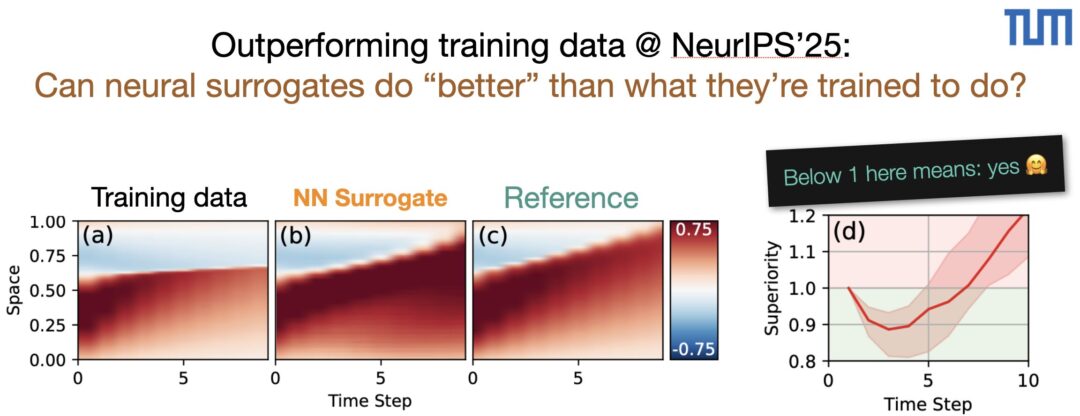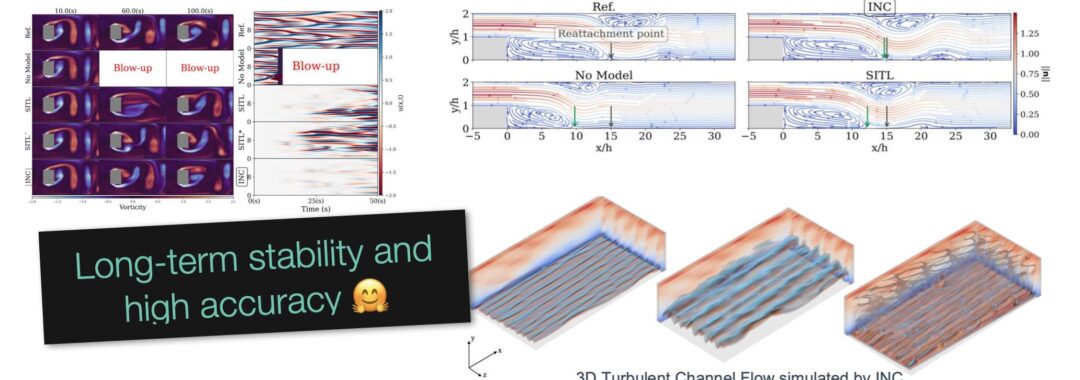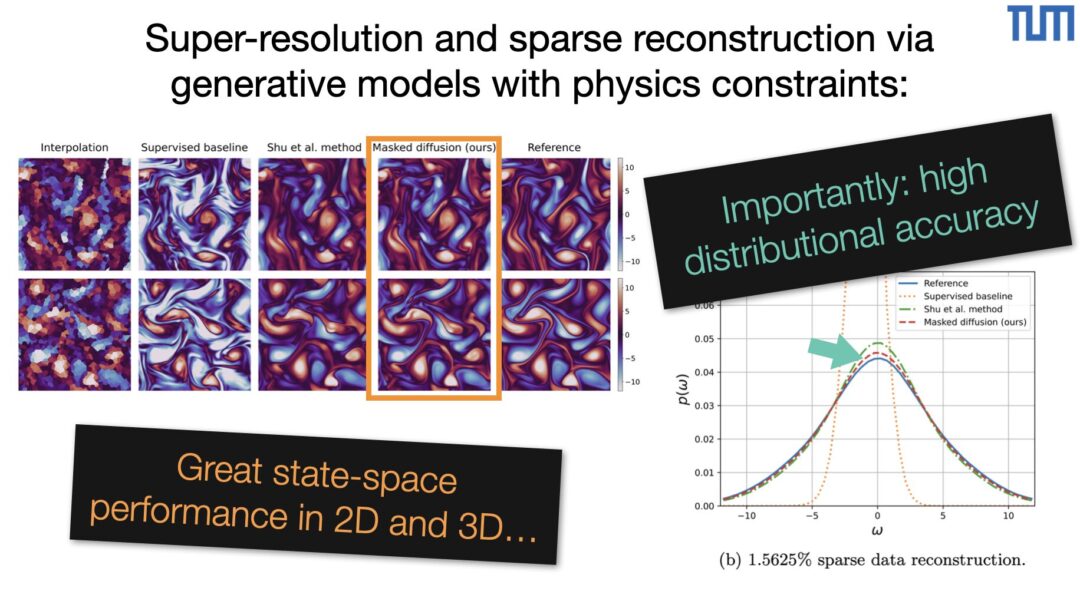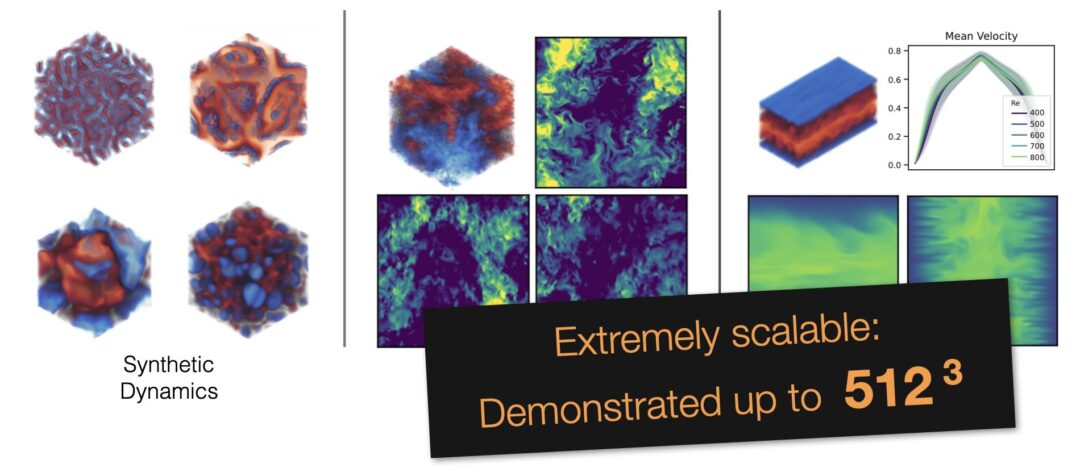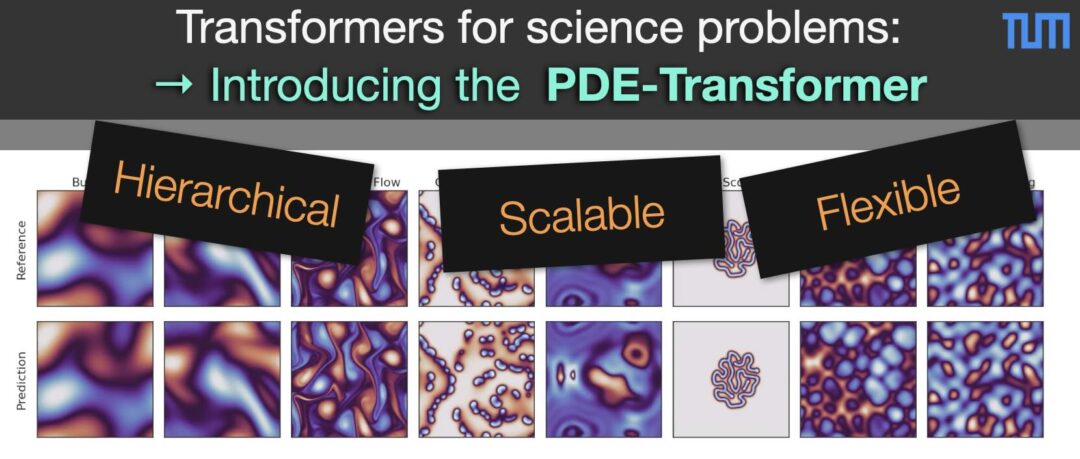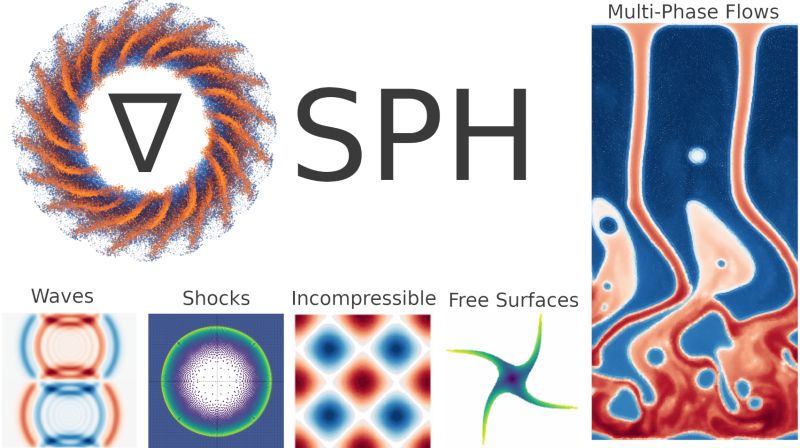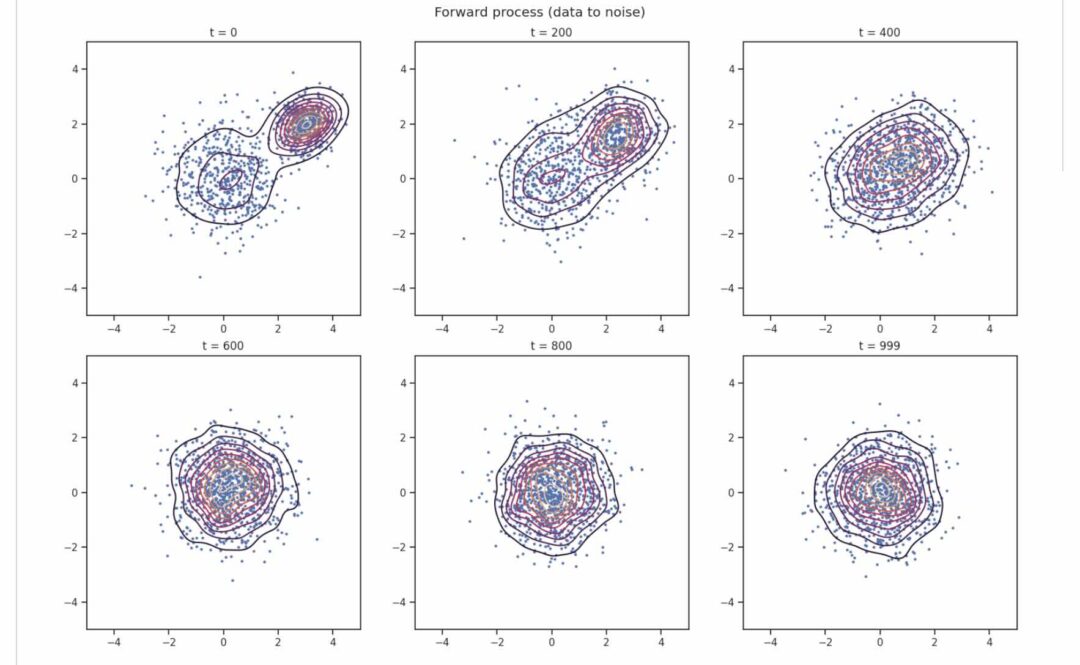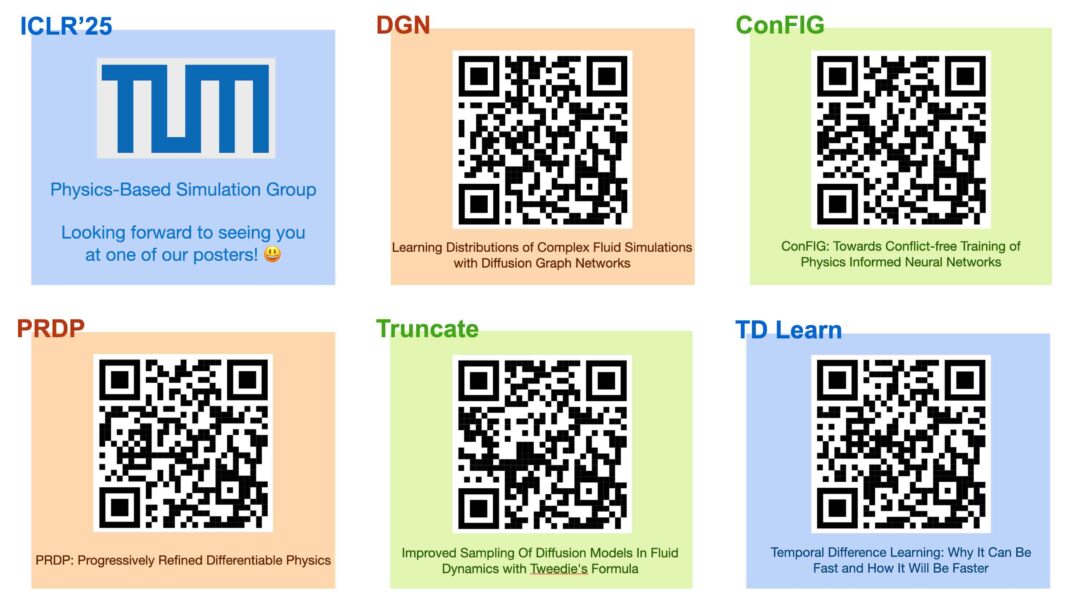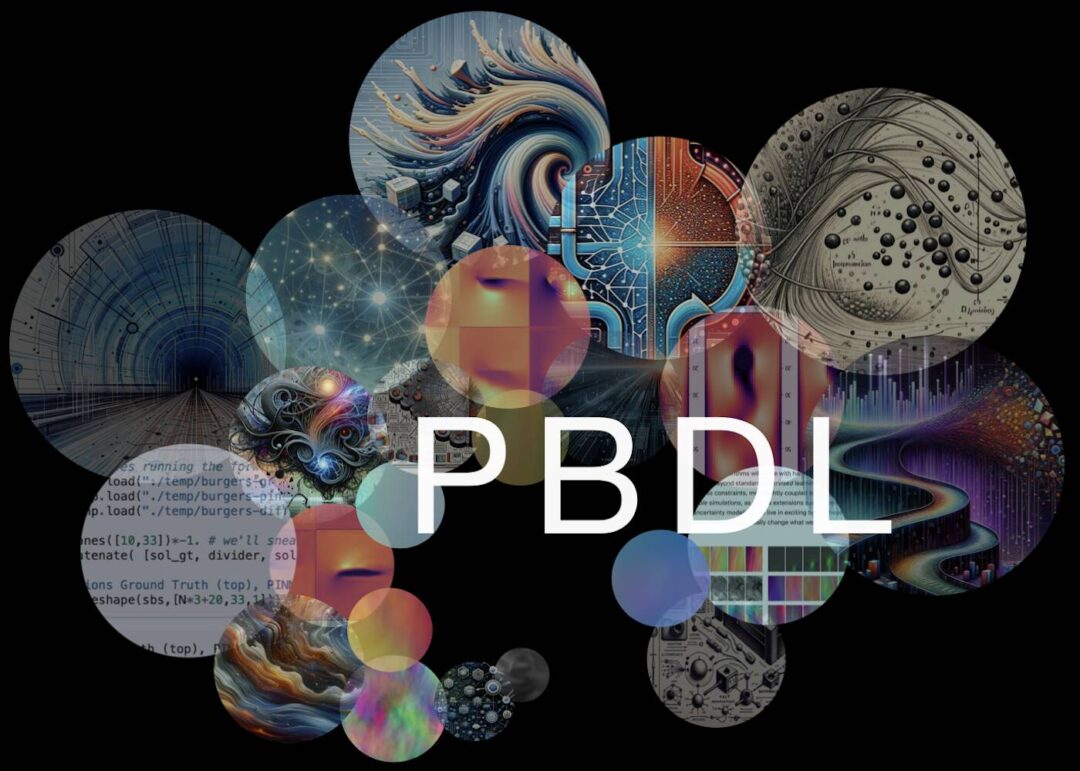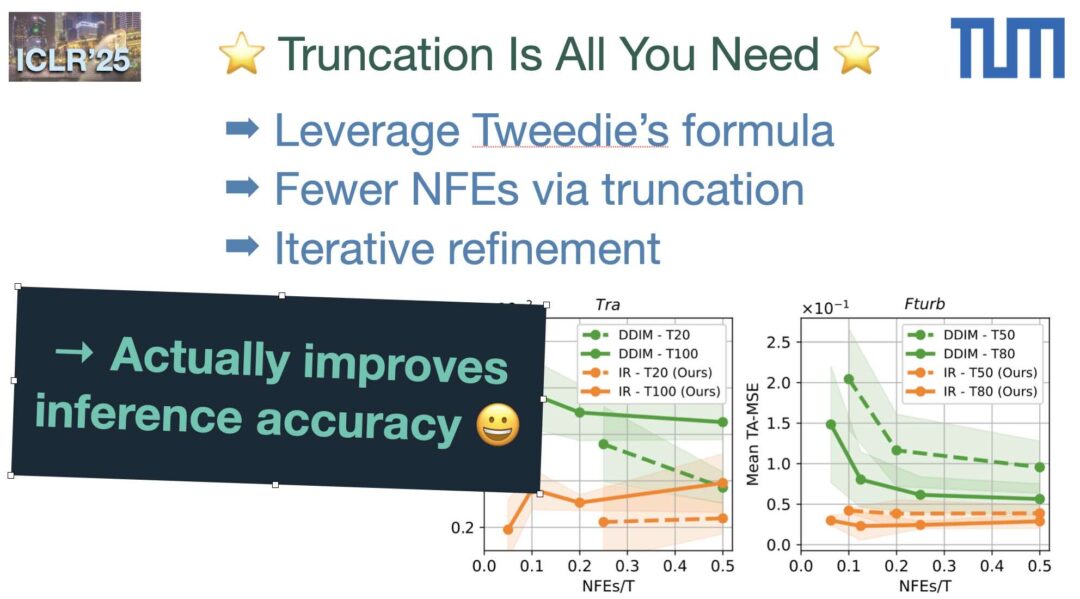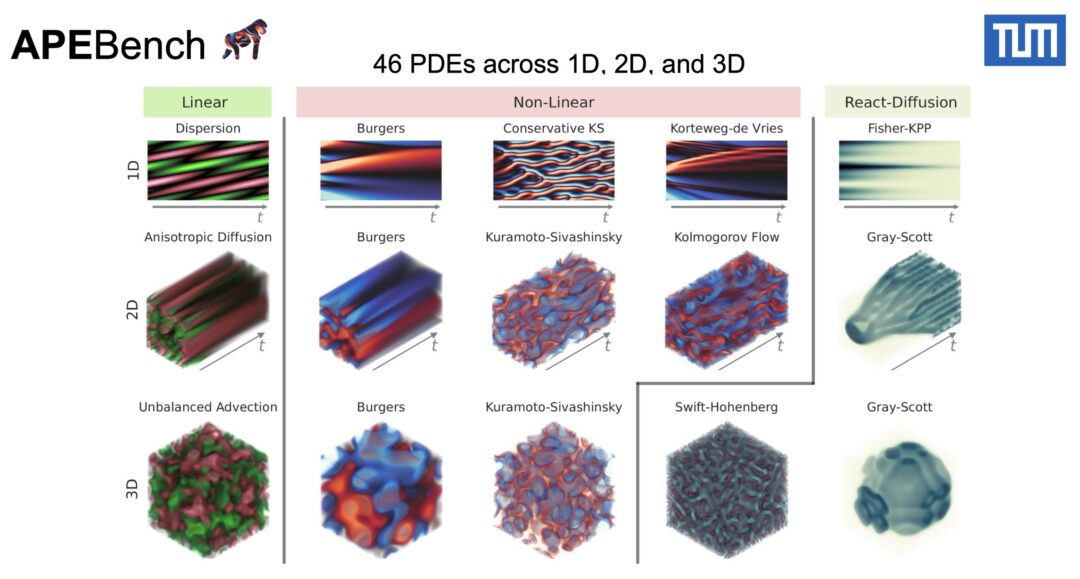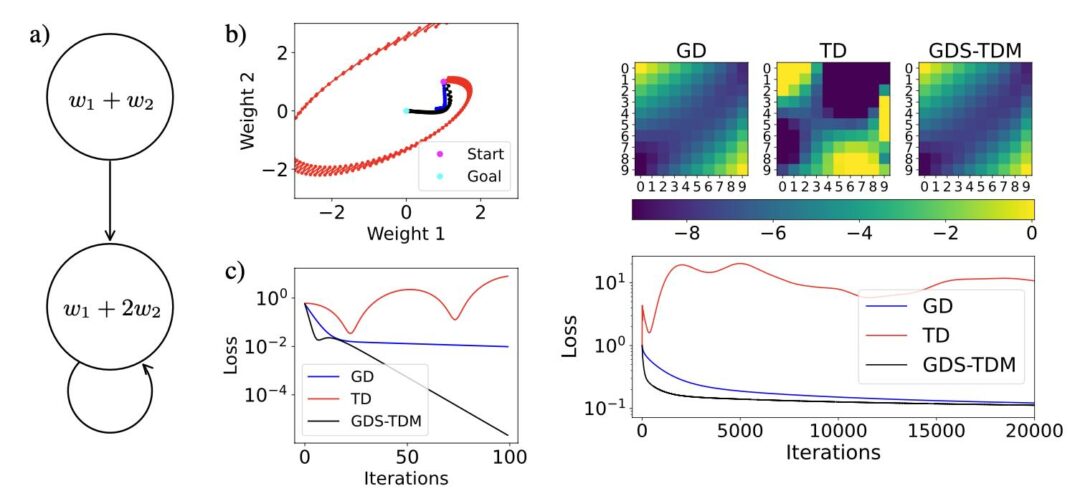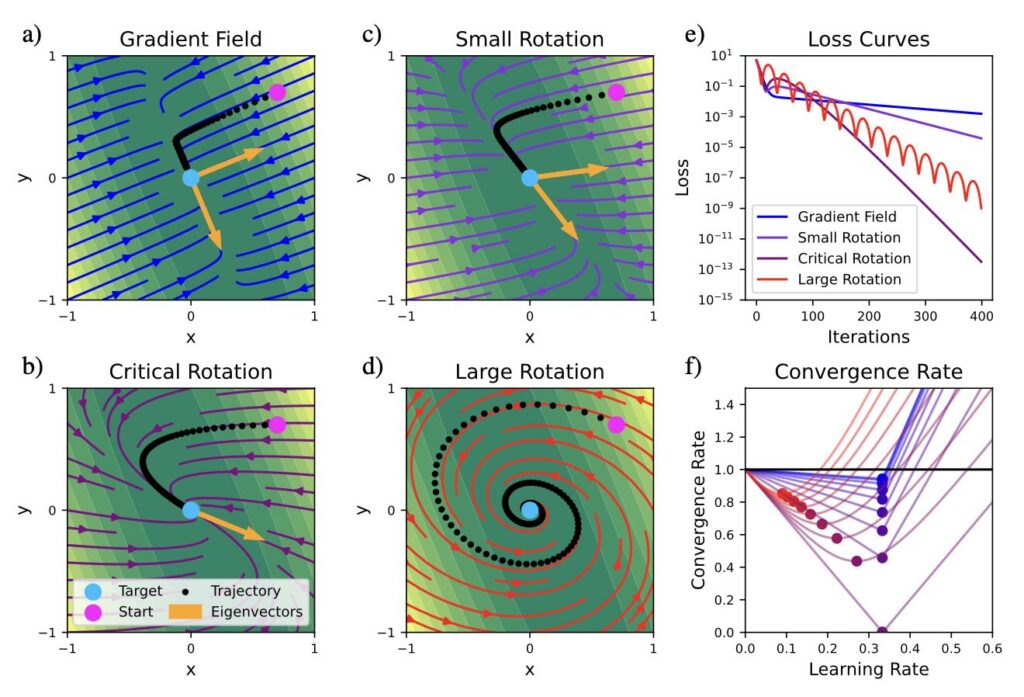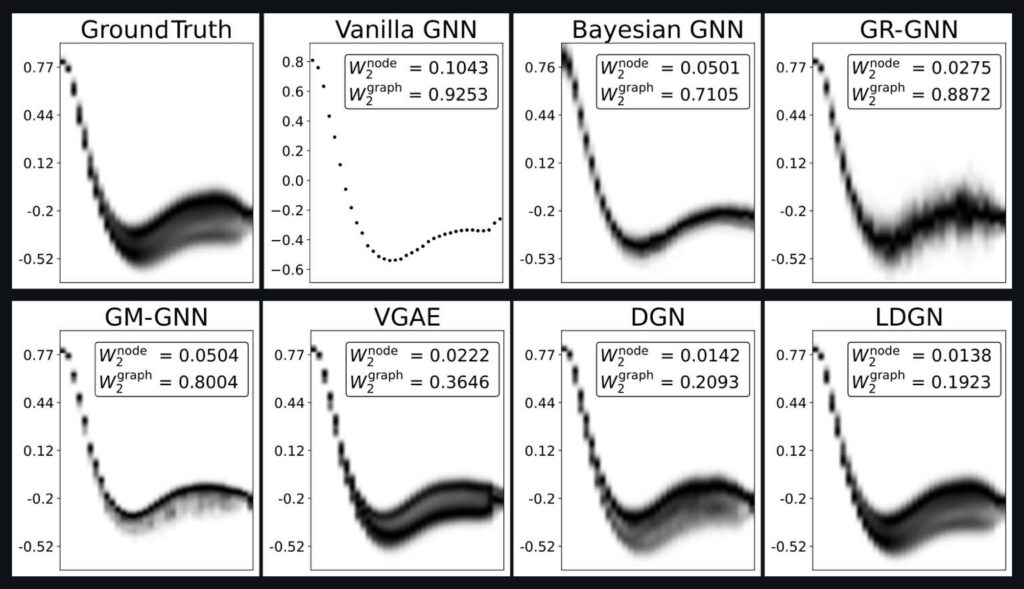Can AI surrogates outperform their training data? Turns out the answer is yes – with a few caveats 😉 https://tum-pbs.github.io/emulator-superiority/ This post higlights Felix’ NeurIPS paper to be presented next week in San Diego. He discovered this “superiority”, and developed a theory to analyze when it does show up. This surprising behavior leads to interesting and fundamental questions about the role of training data, and about how neural networks and learning-based surrogates should be evaluated.
Paper abstract: Neural operators or emulators for PDEs trained on data from numerical solvers are conventionally assumed to be limited by their training data’s fidelity. We challenge this assumption by identifying “emulator superiority,” where neural networks trained purely on low-fidelity solver data can achieve higher accuracy than those solvers when evaluated against a higher-fidelity reference. Our theoretical analysis reveals how the interplay between emulator inductive biases, training objectives, and numerical error characteristics enables superior performance during multi-step rollouts. We empirically validate this finding across different PDEs using standard neural architectures, demonstrating that emulators can implicitly learn dynamics that are more regularized or exhibit more favorable error accumulation properties than their training data, potentially surpassing training data limitations and mitigating numerical artifacts. This work prompts a re-evaluation of emulator benchmarking, suggesting neural emulators might achieve greater physical fidelity than their training source within specific operational regimes.


